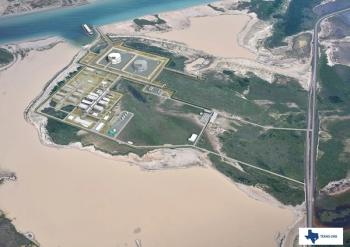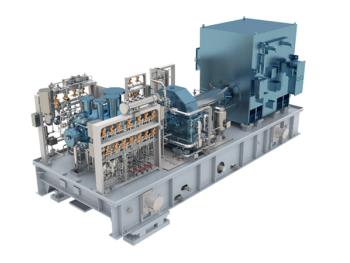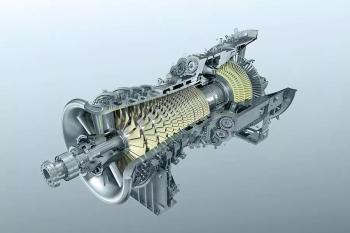
Tips for filterhouse maintenance
Gas Turbine air inlet houses are noisy, dusty and can contain flammable materials in a confined space. Many safety tips you may expect – but there are some that might surprise you as well.
During normal operation, it is rare that personnel enter an inlet house. When maintenance is required, therefore, it is worth remembering some of the safety risks that may be present.
Fire is a risk in a filterhouse. The house may contain combustible materials including filter elements, drift eliminators and evaporative cooler media. It is worth noting that if a filter element is fire rated in the new and clean condition - as soon as it filters airborne contaminant any such fire-rating is immediately invalidated. If hot work such as welding, flame-cutting or grinding is required inside or adjacent to the filterhouse; lockout-tagout safety procedures should be followed. Any temporary lighting employed should be low temperature and non-halogen,and smoking is not permitted anywhere within the vicinity.
A filter may remain in situ for over two years. During this period it will filter significant quantities of airborne contaminant and chemicalsfrom the airflow.On entering a filterhouse, the correct personal protection equipment (PPE) needs to be used including non-flammable clothing, gloves, mask and eye protection. The filter will contain high levels of captured particulate which initself may be harmful but the filterhousemay also contain other things such as snakes and spiders, requiring appropriate caution to be taken.
When filters are removed or work carried out during other maintenance/inspection procedures, extreme care should be taken not to leave behind any equipment or debris downstream of the filters. Anything that remains downstream of the filter will be ingested into the turbine on start-up. This can be a very expensive mistake and could result in catastrophic damage to the Gas Turbine as well assignificant risks to plant safety.
The filterhouse is a confined space and, because of the risks it presents, a person should always remain on the outside of the house to call for help if required. Although it is usually recommended that the turbine is powered down for maintenance, there may be occasions where personnel need to enter the house while it is still running. The house is under pressure and care should also be taken to avoid injury from doors that may suddenly slam shut.
A filterhouse normally runs in the background of an operation requiring limited attention. It is the infrequent nature of inspection and maintenance, however, that means additional care should be taken and all personnel made fully aware of the risks posed to plant and personal safetyby taking for granted this key piece of equipment.
(Charles Brake- Lead Product Service Engineer, CLARCOR Industrial Air & Peter McGuigan- Platform Leader - Power Generation, CLARCOR Industrial Air.)
Newsletter
Power your knowledge with the latest in turbine technology, engineering advances, and energy solutions—subscribe to Turbomachinery International today.




